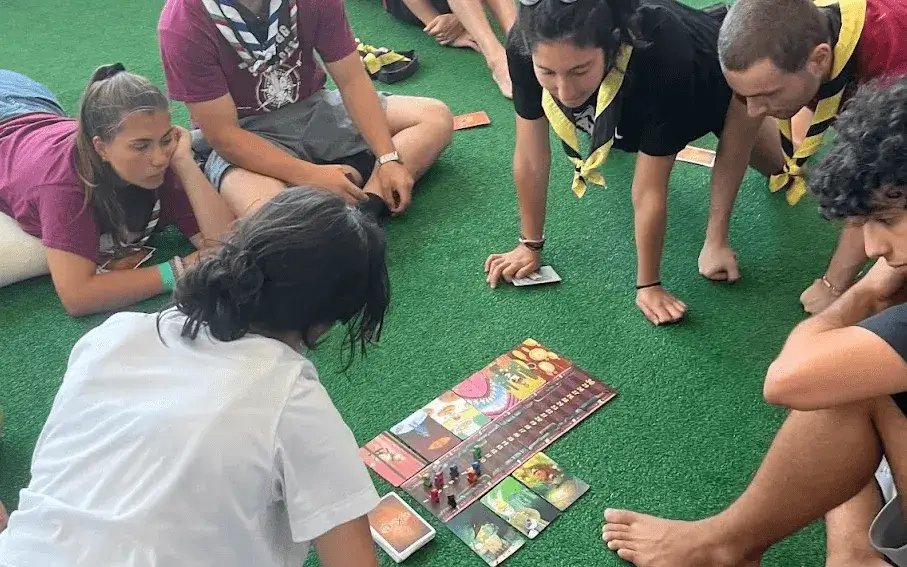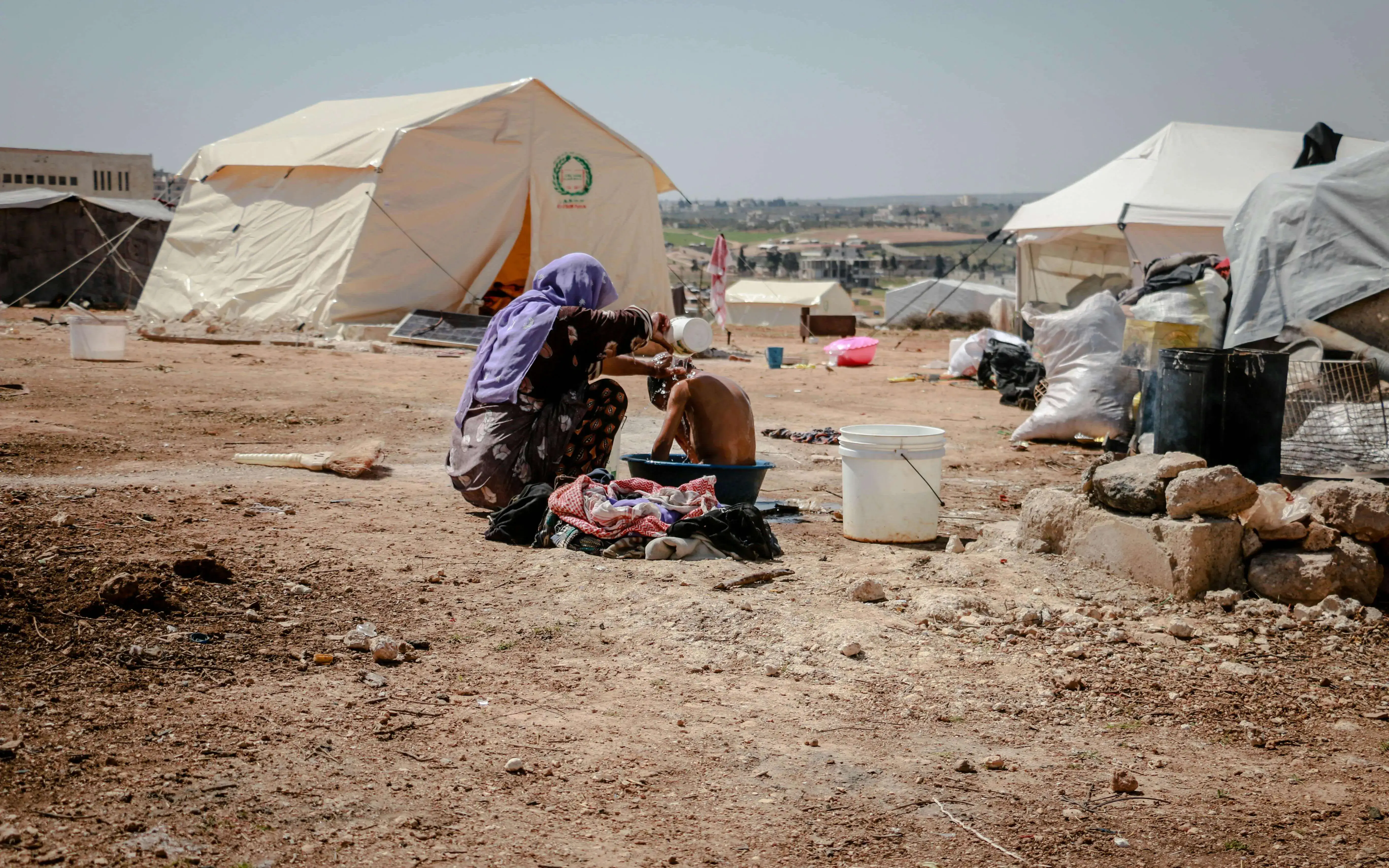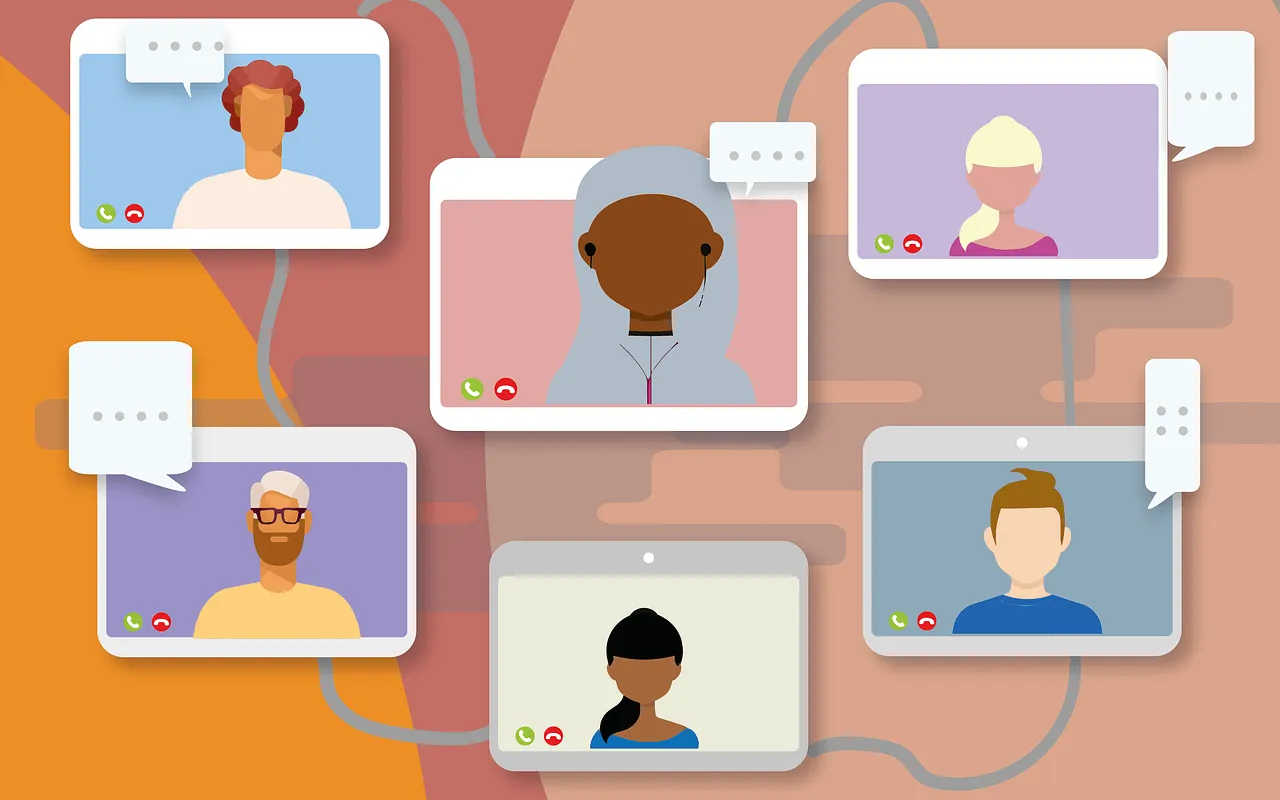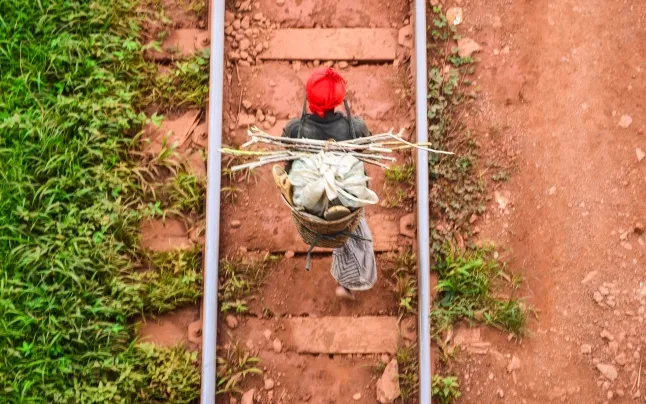Once again, on 3 December, we’re celebrating a day dedicated to giving back. It follows the first days of intense, non-stop shopping that mark the beginning of the Christmas season around the world.
GivingTuesday, a movement which began around 2012, was founded in the US as a response to Black Friday. Today, it’s posing important challenges and breaking records. In this year’s edition, more than 70 countries will be participating in GivingTuesday through a variety of social projects and initiatives.
Head of communications for GivingTuesday in Spain, Patricia Moreno, explained that the main goal is 'to promote solidarity around the world, and for more countries to join the movement to increase its global reach'.
GivingTuesday also seeks to encourage socially conscious, charitable spending all year round. ‘The best part is that it allows us to form a collaborative network. We get to organise annual meetings where ideas are presented in different countries and, if the outcome is positive, we can share these ideas to other areas,’ says Moreno.
In Spain, the goal is more than ambitious. This year, organisers hope to raise one million euros, after exceeding €700,000 in the 2018 edition.
How to participate
Aside from the numbers, organisers want GivingTuesday to be seen as a global movement that facilitates collaboration between organisations, companies and schools, rather than an initiative that limits participants to simply making donations. It’s for that reason that they make many resources and ideas available to everyone – that way, people can decide how they would like to participate.
Anyone looking to take part can donate food and second-hand clothes and objects, for example, or make other, non-tangible donations, like donating blood or volunteering.
The Media: an important ally in supporting the movement
The movement’s success is also reflected across social media, which has served as a global platform for spreading GivingTuesday’s message. Last year, the #GivingTuesday hashtag was trending for 11 hours. The focus now is on other, more traditional media outlets such as newspapers, radio and television. These are ideal for increasing visibility for the movement, while reaching younger as well as not-so-young audiences.
A movement with a future?
While it appears as though GivingTuesday was created as an alternative to Black Friday, Moreno rejects this idea. ‘We don’t want to fight Black Friday or for it to disappear – we believe that it can easily coexist with GivingTuesday. There can be a day or a week dedicated to Christmas shopping, and at the same time, a day focused on giving back, where people make donations, do good deeds or volunteer.’









Add new comment